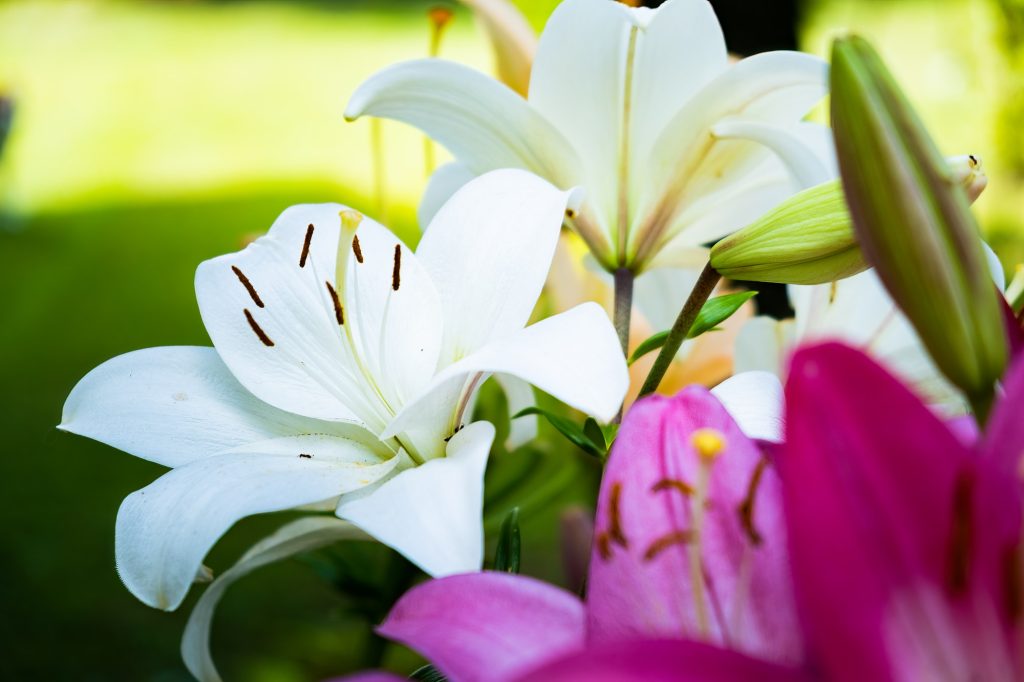The outlook of a drab-looking home can always be enhanced with a touch of flowering plants.
Flowering plants come in different varieties and these varieties differ in shape, scent, color, and foliage appearance, some growers are big on the scents of flowers while others are just after the aesthetics effect on their home.
Flowering plants give off a comely ambiance especially when it complements the decoration theme of your home and is appropriately situated. It is normal when you get tired of regular houseplants that have different hues of green. Flowering plants offer spice through the different colors they exude when they bloom.
White and dark flowers can do wonders in enhancing the outlook of your home whether they are singularly used or combined together. We have provided a list of white and dark colors for your home.
It is important to note when growers search for white flowering plants to propagate, they usually want them alongside black flowering plants to give off that monochrome effect in the home.
Unfortunately, there is no flowering plant that is directly black, what nature has provided for us is dark hues of different colors like red, blue, purple amidst many others.
10 white and dark colored flowers for your home
If you have become so used to seeing very colorful flowering plants and you want a switch to just white and dark colors, we have provided a list of options for your home.
1. Oxalis Triangularis “Shamrock plant”
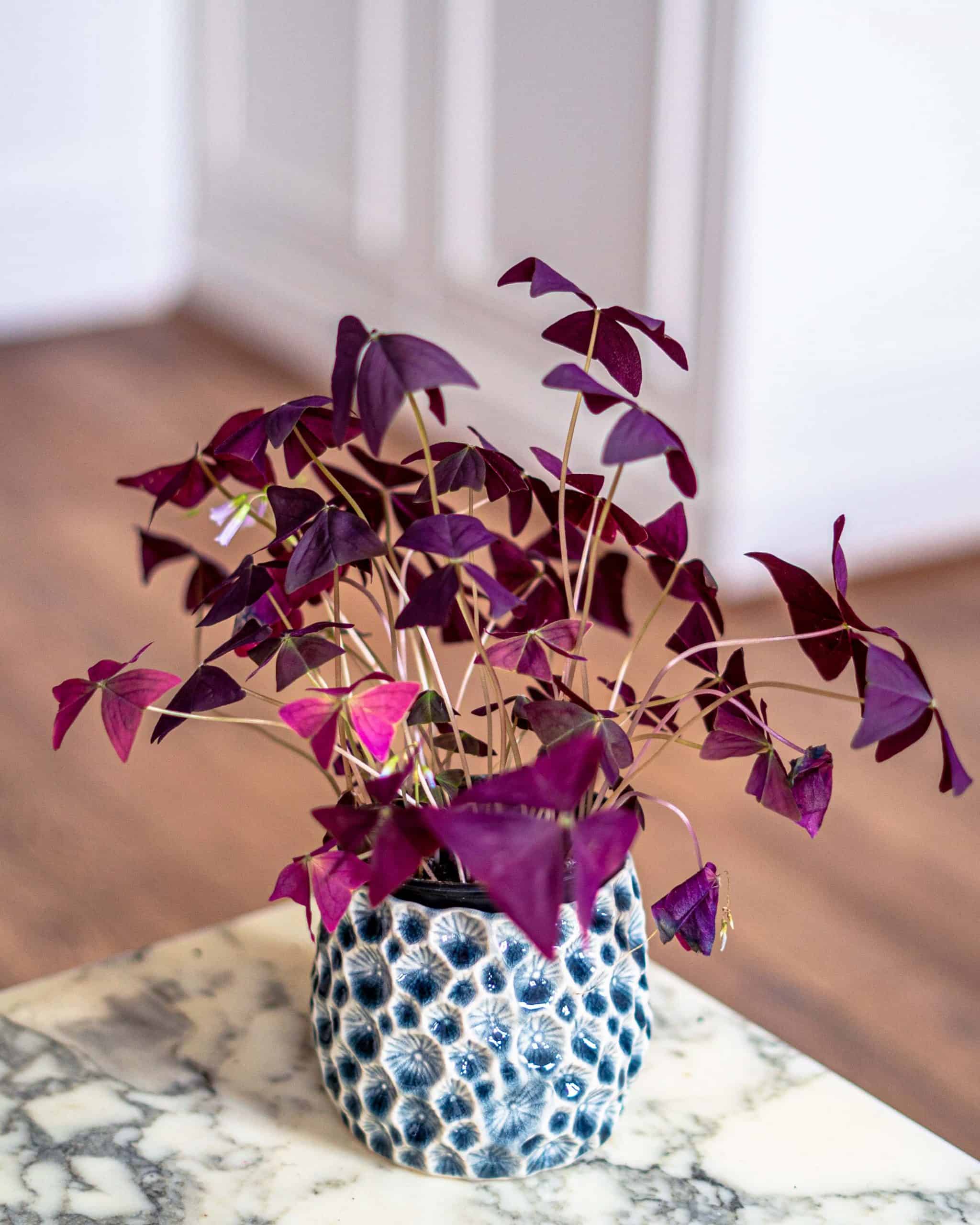
For a stunning effect in your home, choosing the Oxalis flowering plant is your best bet. The butterfly-shaped plant comes in different colors- green, pink, peach, and many others. Because you are looking for dark-hued flowers, we are sticking with the purple oxalis Triangularis.
They are very easy to propagate and are low-maintenance flowering plants. They require bright direct light to survive. It thrives in cool temperatures to ensure it is kept in a humid environment.
Exposure to high temperatures can weaken their vigor. The best kind of soil for propagation is organic soil. Unlike many flowering plants, the Oxalis Triangularis does not require fertilizers. With adequate watering, lighting, and an appropriate container, your Oxalis is ready to bloom.
Although they look feeble, they are pretty tough plants and thrive in moist soil. Ensure the soil never completely dries out before watering. A fun fact about this plant is it responds to light by opening and closing up its flowers during night and day respectively. They are also edible but best for aesthetics.
2. White Camelia
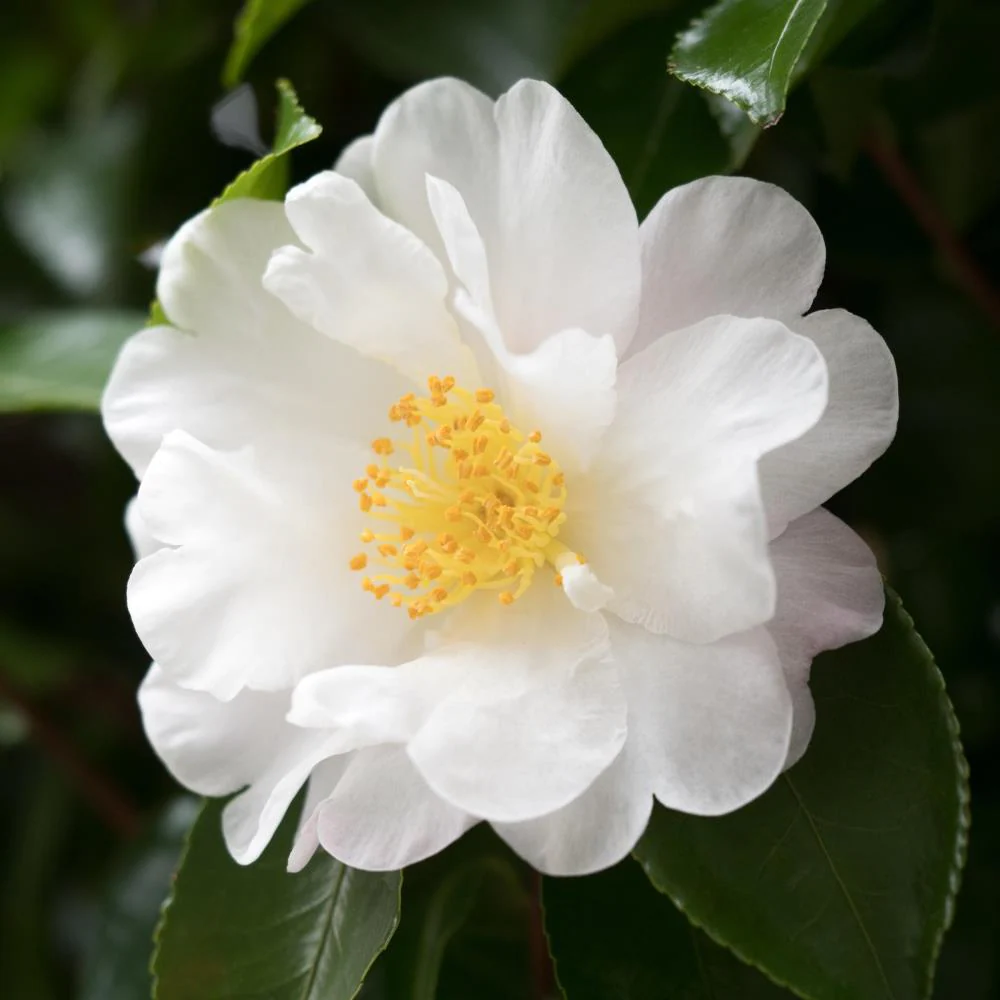
There are different varieties of Camellia that come in different colors, to get a white Camelia, you have to be specific about the white variety which is called “Camelia Japonica Barbara Woodroof”.
The White Camellia can do wonders to your living room especially when grown in attractive containers; a drab-looking container can tone down the beauty of the White Camelia. The bloom time is early fall and late spring. It thrives when grown under pine trees.
Unlike other flowering plants, they prefer being grown in partially shaded areas and also thrive in organic soil. To prevent waterlogged soil, check the moisture level of the soil with your fingertips to determine the dryness and to gauge your watering; overwatering would make the plant susceptible to root rot.
Do not prune till all the bloom has fallen off. Since they are common plants, they are not expensive.
3. Arabian Night Dahlia
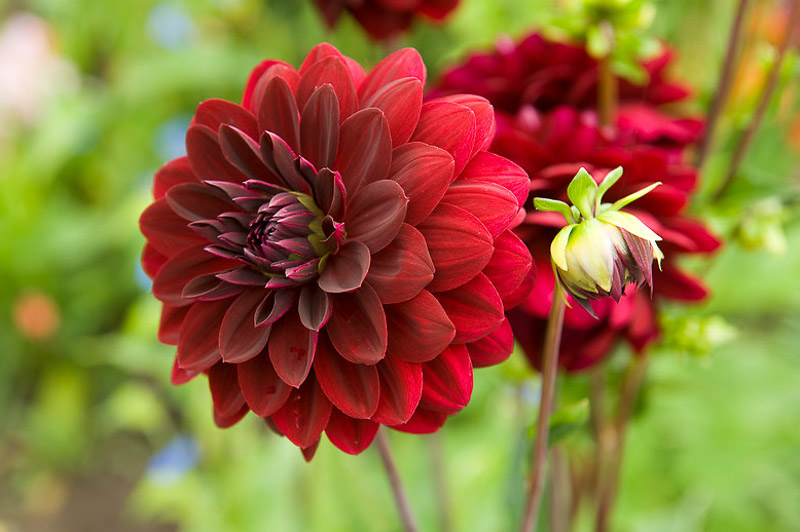
For a bright-themed home, a perfect option to match is the Arabian night dahlia. The burgundy-hued flowering plant grows into a beautiful yet distinct shape of layers of round petals. They require organic soil to thrive and their soil must be kept moist.
To get the best out of the Arabian night dahlia, pair them with white lilies or white-colored flowers. They would do your home no small good. Since they thrive in warm temperatures, they should be brought indoors else they risk being damaged from the high temperature.
The Arabian night dahlia must not be fertilized with nitrogen-based fertilizer; a water-soluble fertilizer is the best option for your plant. Ensure the container is well drilled to avoid waterlogged soil.
For splash colors, combine the Arabian Night dahlia with other varieties of dahlia flowers.
4. White Hydrangea
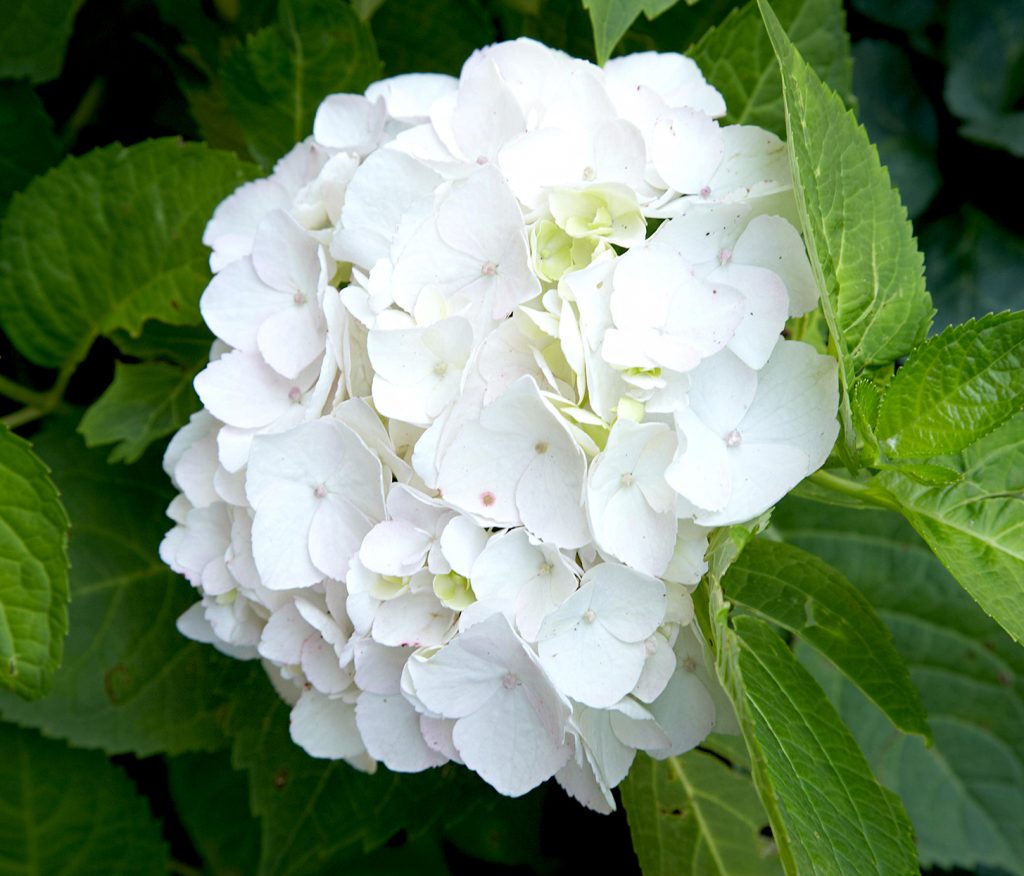
The White Hydrangea is shaped with clusters of cone-shaped flowers. White Hydrangeas thrive in warm climates and must be watered adequately and consistently to keep their soil moist. Since they thrive in organic soil, improve the organic content by adding mulch.
They grow best in shaded areas but require bright indirect soil. Since pruning helps boost the growth and maintain the shape plus beauty of the White Hydrangea, the best time to prune them is during fall when their leaves are falling off.
When pruning, ensure your equipment is not only sterilized but clean to avoid staining your brightly colored Hydrangeas. If the plant looks dangly or has drooping leaves, snip them off to allow for faster growth. Your White hydrangea would not bloom if they are deprived of adequate lighting and sufficient watering.
Ensure they are not grown in locations with high winds as they can be damaged.
5. Black Petunia
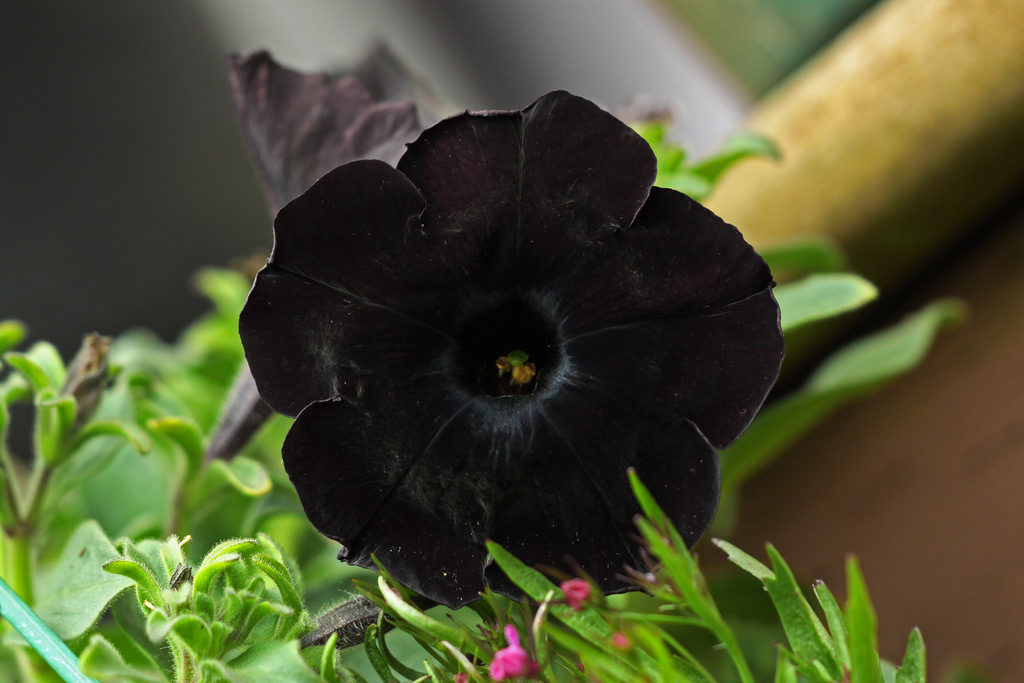
If you are looking for an irregular plant, the Black Petunia plant suffices as not only irregular but gives off a dark and unique color. All you need to compliment the beauty of the black Petunia is to pair them with brightly colored plants like the white lily or any other splashy colored flowers.
You can order your Black Petunia from nearby nurseries or online flowering stores. you enhance their growth by watering them consistently and adequately. Ensure they are kept in locations where they can receive bright indirect sunlight.
If you notice the leaves are drooping, reduce watering as drooping leaves are an indication of overwatering. Choose a brightly colored container for the Black Petunia to enhance the beauty of your home. Although they are easy to propagate, they are expensive because they are quite rare.
6. Spider Mums
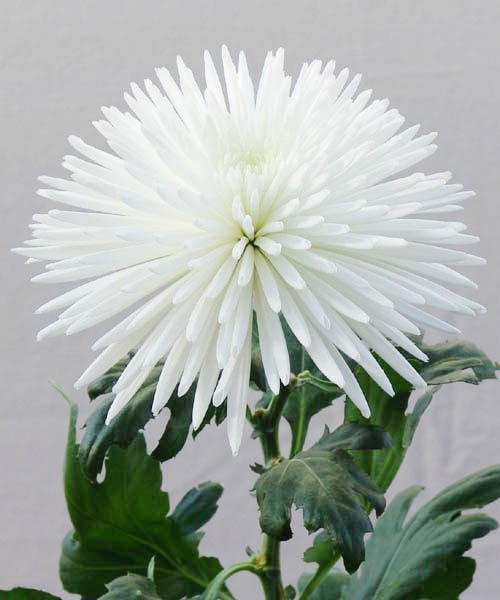
The Spider is a common name for the Dendranthema x Grandiflorum plant and it comes in different colors. With thin strands of white beautiful flowers, the Spider Mum does not only serve as a houseplant but as a design for paper art inspiration.
The beauty of the Spider mum appears during fall as that is when it blooms. They thrive in organic soil and with proper care can grow up to 6ft. Provide partial shade where they can receive bright direct sunlight; ensure they receive at least 6 hours of sunlight daily for a full bloom.
During winter, Spider mums should be brought indoors as they cannot survive such temperatures. Use colorful containers to pot your Spider mum flower.
You can order your Spider mum from a nearby nursery or online store. For a full blast of colors, combine the White Spider mum with other varieties.
7. Hellebore
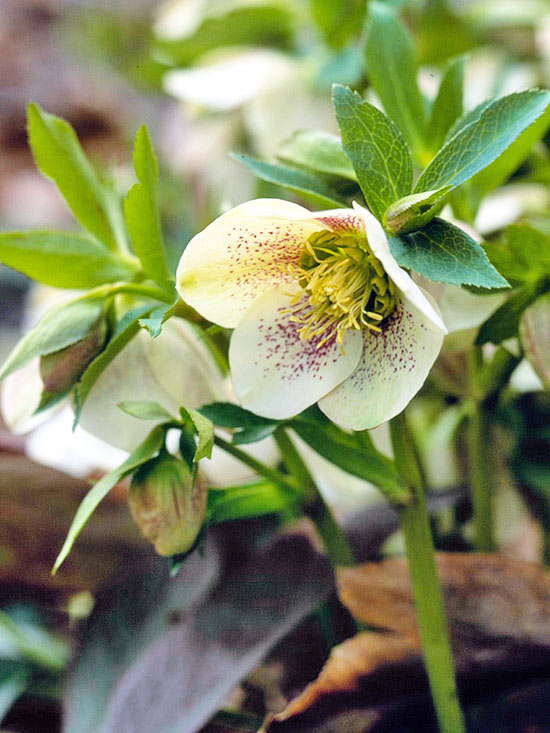
They are also called Winter Rose or Christmas Rose. When grown in beautiful containers, the burgundy-colored plant accents the beauty of any home.
Like other flowering plants, thrive in organic soil and thrive when exposed to bright indirect sunlight. Water them consistently during spring and fall as this is their most active season and helps them become drought-tolerant.
To avoid drooping leaves, ensure the soil never gets soggy. They are toxic to pets so take extra precautions with the plant and your pets. If you reside in a hot temperate zone, water them consistently.
Apply fertilizers annually to boost the growth of the flowering plant. snip off dead flowers or leaves to enhance the growth of the Hellebore flowering plant.
8. Heuchera
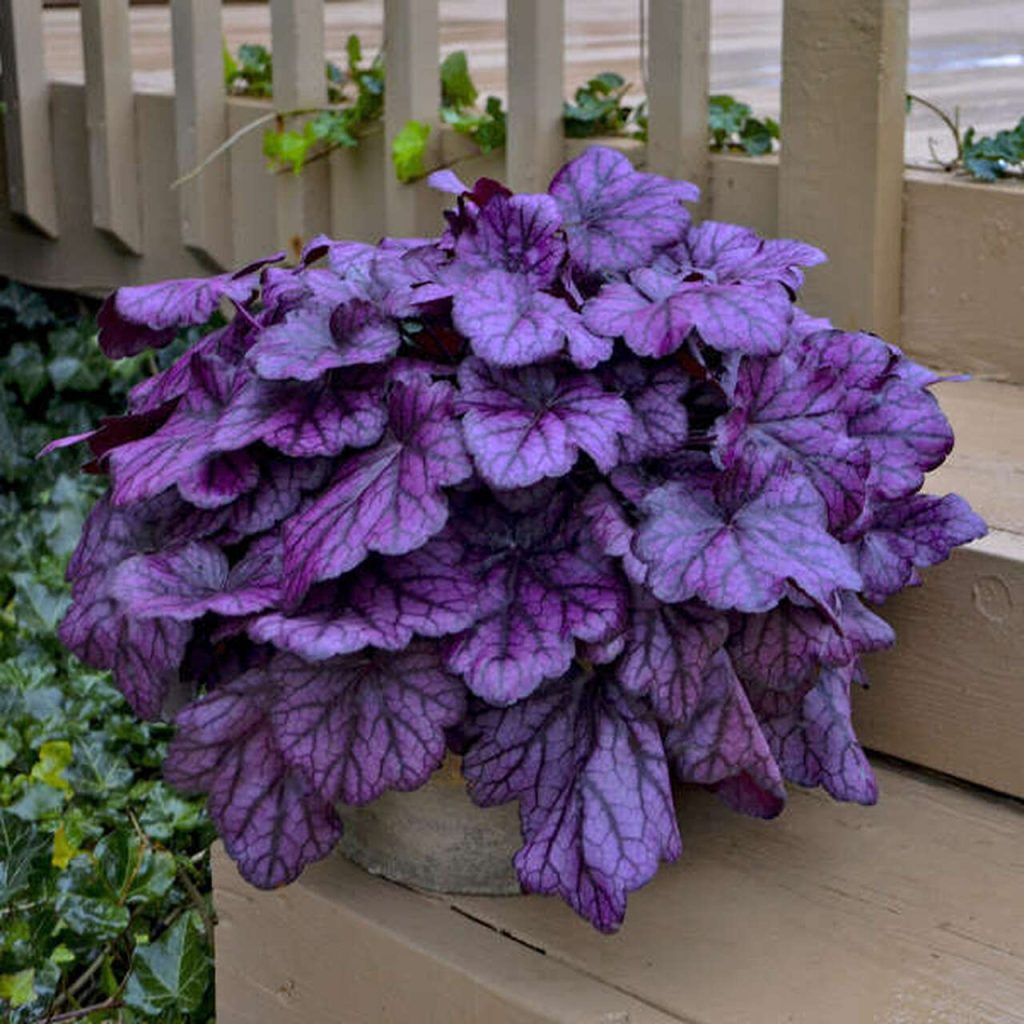
Before selecting the Heuchera flowering plant to propagate, ensure it is the variety that produces dark purple flowers since they come in different colors.
An interesting fact about propagating and nurturing the Heuchera is that they can grow in any kind of soil which is unlike many other flowering plants which cannot bloom except when grown in organic soil.
You can grow them in pots or hang them in dangly baskets. They thrive when exposed to bright indirect sunlight. Ensure their soil never dries out and the soil never gets soggy. Use well-drilled containers to prevent overwatering.
Combine them with other Heuchera varieties for a show-stopping beauty in your home.
9. Madagascar Jasmine
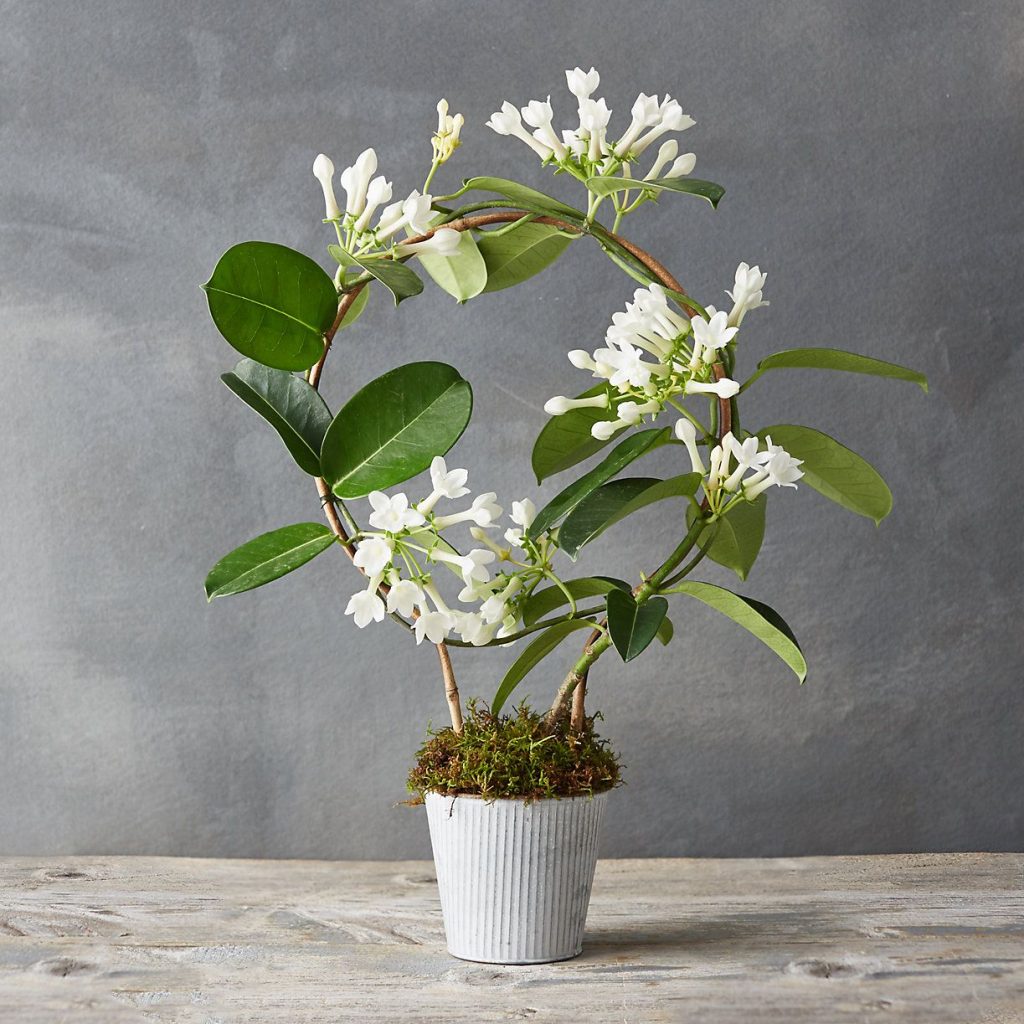
Aside from the alluring beauty of the Madagascar Jasmine, the sweet scent easily attracts and keeps you feeling refreshed.
They not only enhance the beauty of your home but can serve as bouquet options for weddings and event decorations. Do not worry if your Madagascar jasmine is not blooming if you have just recently repotted; just give it time.
Moderately water the flowering plant with rainwater (if you can get it) or tap water that has been kept for over 24 hours for the chlorine to dissipate.
10. Queen of the night Tulip
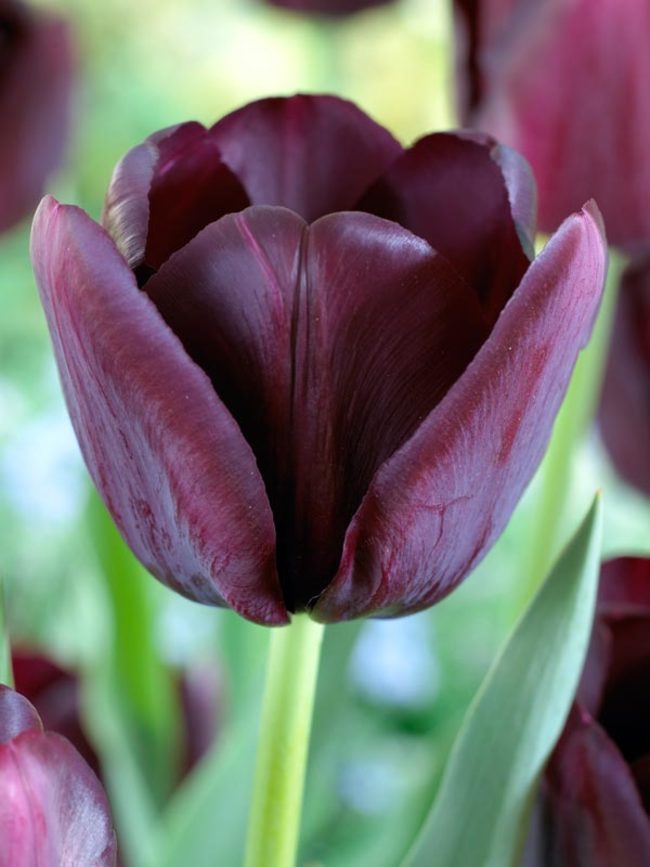
The deep marooned flower can almost pass for a black flower especially when placed in dark locations. The irony of this plant is although it does not have bright attention, it still draws attention to onlookers with its dull color.
What better way can you complement your bright-themed living room than with the Queen of the night tulip. If you want to be creative, you can combine the maroon-colored Queen of the night tulip with the white tulip flowers.
Basic requirements include moderate watering to keep the soil moist, bright indirect light, organic soil which can be improved by adding compost or mulch, well-drilled pot to avoid waterlogged soil, and precautionary measures against pests infestations. Keep away from pets and kids.
Final Note
You could pick any of these options whether dark or white flowering plants as your choice and with the basic growth requirement, you can expect a full bloom.
Note that most of these plants come in different varieties with colors, so specify the exact color you need when ordering for them.
